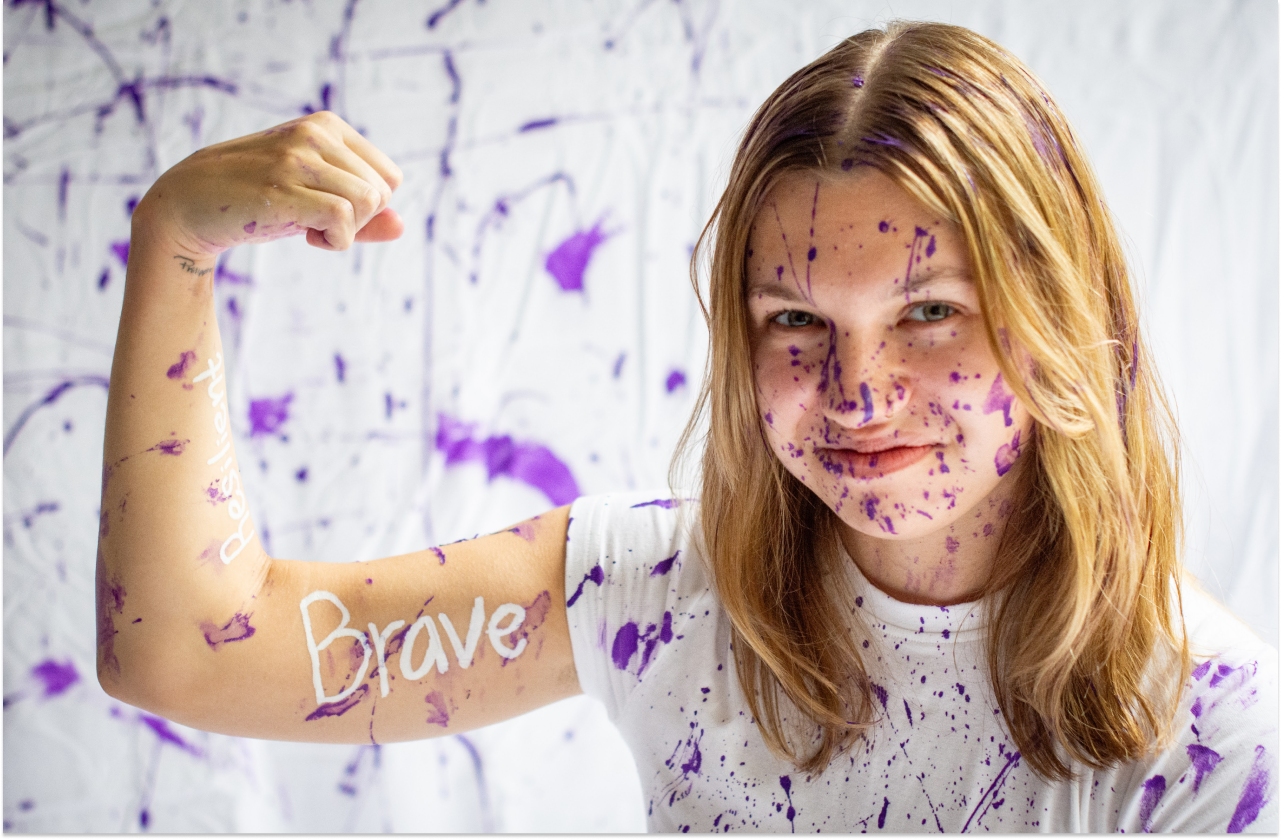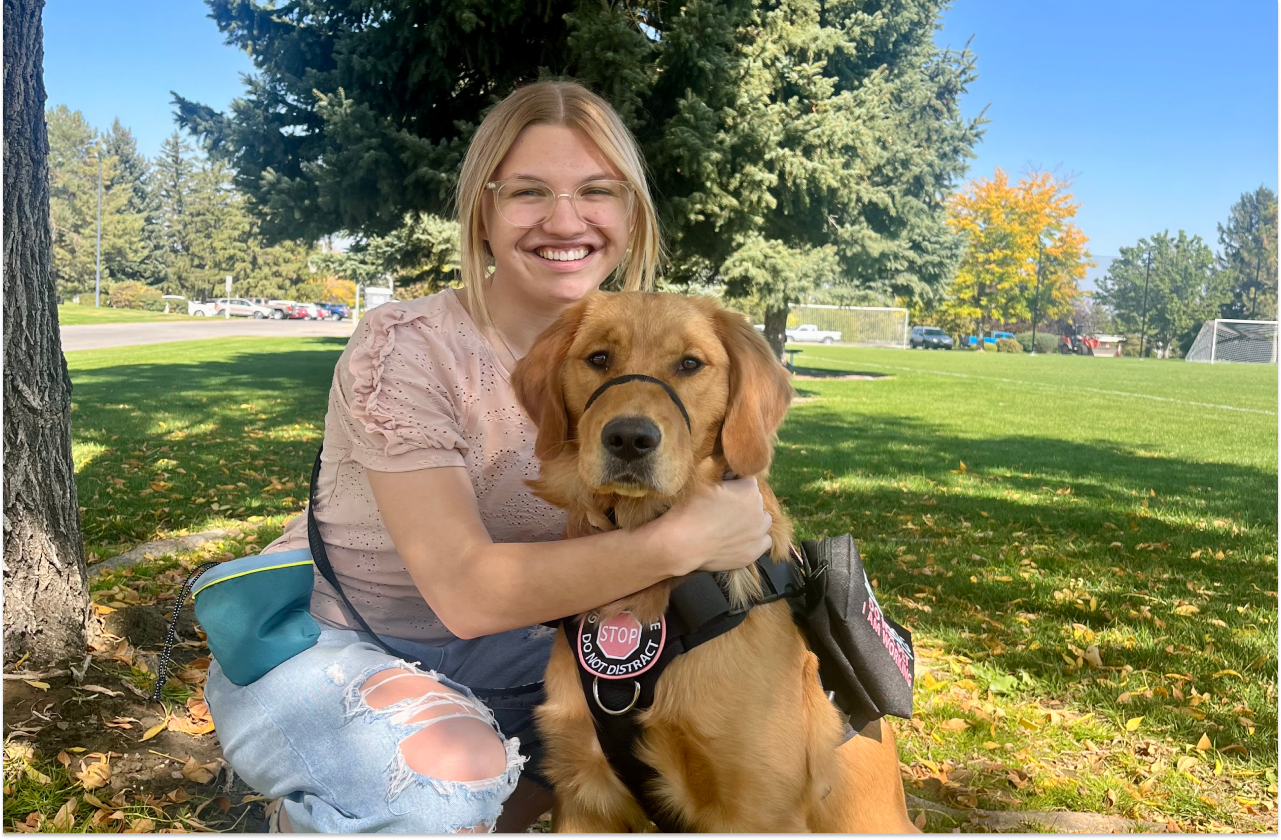
At 14, Sophia started having seizures that no one could explain. What followed was years of unanswered questions, hospital visits, and a determination to be heard. Now, through her social media platform @strivewithsoph, she’s helping others understand what living with epilepsy really looks like. Read her full story below.
When did your seizures begin?
I started having seizures when I was 14 - they were focal seizures, but at the time, we didn’t know what they were. I would just zone out, and since I already had a diagnosis of anxiety and depression, doctors thought it was that. My first tonic-clonic seizure happened at 16, during my junior year of high school.
It took five years to finally get answers. When I was 19, a neurologist planned to admit me for monitoring, but one night I had multiple seizures and was rushed to the hospital. They did an EEG there, and that’s when they confirmed it was epilepsy. Getting that diagnosis was both a relief and a turning point.
How did life change after your diagnosis?
Medication became a daily part of life, which was tough at first. I’m constantly tired from side effects, but my seizures have become less frequent, so it’s been worth the adjustment.
I’ve tried so many medications - Keppra, Lamictal, Onfi - and none of them worked well for me. Once I switched neurologists and started on Xcopri, things finally changed. I’m now on the highest dose, and it’s been amazing. I still have focal seizures, but I haven’t had a tonic-clonic seizure in months.
Learn more: 7 common anti-seizure medications
What does your diagnosis of intractable epilepsy mean for you?
When I was first diagnosed with focal epilepsy at 19, no one knew it was intractable. Over the next several months, my seizures kept breaking through medications, and I went into status epilepticus twice, resulting in being intubated three times. That’s when the doctors realized my epilepsy was drug-resistant - or intractable - because my seizures weren’t responding to standard treatments.
The term “intractable” didn’t come up during my diagnosis; I only learned about it after those hospitalizations when my care team explained why my seizures weren’t controlled by the medications I’d tried. Even now, I still have focal seizures, but thanks to Xcopri, my tonic-clonic seizures have been under control for months. It’s a challenging diagnosis, but understanding it has helped me advocate for myself and explore all possible options.

Were you offered surgery or other treatments?
Doctors suggested brain surgery, and we talked about a neuromodulation implant too. But honestly, the idea of brain surgery really scared me. For now, I’m managing well on medication, though I may consider neuromodulation in the future.
Learn more: Introduction to epilepsy treatment options
What inspired you to start sharing your journey on social media?
It started in college. My roommate - who’s now one of my best friends - encouraged me to post about my seizures to raise awareness. So we started filming and sharing on TikTok.
Some people have been negative, but most responses have been really supportive and kind. The messages from people who say I’ve helped them or their kids mean the world to me. I never expected to have half a million followers on TikTok! I just want to keep sharing my story and raising awareness.
Misconceptions about epilepsy
The misconception that I'd like to change is that not everyone with epilepsy is triggered by flashing lights! Only about 3–5% of people are photosensitive, but people still comment things like, “You can’t have epilepsy if you’re around lights.” I wish more people knew epilepsy looks different for everyone.
Who’s been part of your support system?
My parents, my friends, and my church have all been incredible. My mom especially taught me how to advocate for myself with doctors. Having someone there to speak up with you makes a huge difference.
How has faith played a role in your journey?
I grew up going to church, but my faith grew much stronger after my diagnosis. I didn’t have answers for so long, and when I finally did, it brought me closer to God. I lean on that faith a lot.

Tell us about Murphy - your golden retriever!
Murphy’s my service dog in training. She’s a year old, still learning, but she’s already doing amazing. Training takes about two years, but she’s a big part of my life and brings me so much comfort.
Read more: Introduction to epilepsy service dogs
Outside of advocacy, what brings you joy?
Art and music! I love painting, drawing, playing piano, and ukulele. Those things help me relax and express myself when I can’t do much else.
Your message to others still searching for answers
Don’t give up. Keep fighting for yourself, even when it’s hard. Find someone to help you advocate - and never stop believing that you deserve to be heard.
What do you hope to do next with your advocacy?
I want to keep sharing my story and raising awareness. I’m also working toward becoming a nurse, so I can keep advocating for patients the same way I’ve had to advocate for myself.
Share Your Story
If you would like to share your epilepsy story, drop us an email at contact@epsyhealth.com.

















